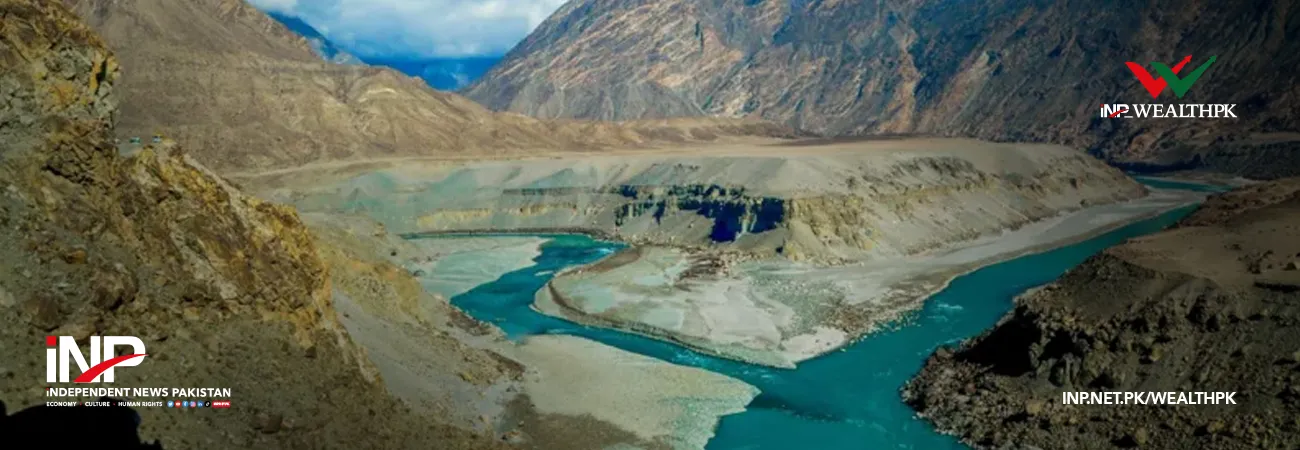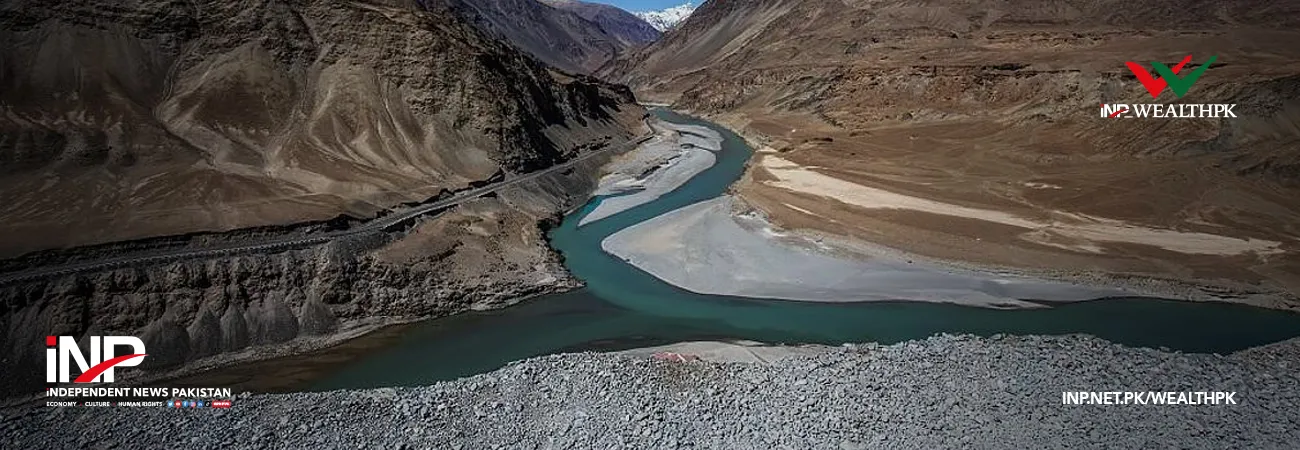INP-WealthPk
By Ayesha Saba
ISLAMABAD, May 12 (INP-WealthPK): Fossil fuels (fuel oil, gas, coal) contribute 65% of power generation in Pakistan. In order to cut the country’s dependency on this source of energy generation to minimize environmental degradation, the Water and Power Development Authority (WAPDA) is executing a number of low-cost mega hydro energy generation projects which will significantly increase the share of green and environment-friendly energy in the national grid, reports WealthPK.
The completion dates of these mega hydro projects – including Diamer, Bhasha Dam, Mohmand Dam and Dasu Dam – range from 2023 to 2028-29.
The government plans to increase the hydropower generation capacity to 32,660MW by the year 2030. The plan allows the provinces to develop hydropower projects on the irrigation networks under the public-private partnerships to accomplish the goal of energy security plan.
The significance of hydropower for the national economy may be gauged by the fact that the generation cost of hydroelectricity is Rs2.82 per unit, but the average generation cost from thermal sources was Rs13.14 per unit in FY 2020-21.
According to the current data, the WAPDA is currently operating 22 hydropower plants with an installed capacity of ~9,861MW (~24% share overall). The WAPDA's contribution of green and clean hydroelectricity to the national gird will also increase from the existing 37 billion units to more than 81 billion units per annum.
According to the WAPDA’s data on hydropower generation in 2020-21, Tarbela Hydropower Station generated 12.61 billion units, Tarbela 4th Extension 3.42 billion units, Ghazi Barotha 6.89 billion units, Mangla 5.40 billion units, and Neelum-Jhelum Hydropower Station 4.79 billion units, while the remaining generation of 4.03 billion units was contributed by the other hydropower stations.
During FY 2020-21, WAPDA generated 36,982GWh electricity compared to 37,136.04GWh during FY 2019-20. During the same period, the hydro IPPs generated 1,818.01GWh electricity compared to 1,562.55GWh during FY 2019-20.
During FY 2020-21, the highest utilization of hydropower projects (HPPs) was recorded in August 2020 which was around 74% of their dependable capacity, while the lowest utilization of HPPs recorded in January 2021 was around 15% of their dependable capacity. The capacity-based tariff vis-à-vis intermittent fluctuated generation affects the per unit power generation cost which is higher in low generation months.
[caption id="attachment_66790" align="aligncenter" width="696"] Source: SOI Report NEPRA 2021[/caption]
Hydroelectricity is a cheaper source of fuel in relevance to thermal generation. Hence, the government is keenly focused on undertaking new hydropower projects in order to supply electricity at cheaper rates.
Source: SOI Report NEPRA 2021[/caption]
Hydroelectricity is a cheaper source of fuel in relevance to thermal generation. Hence, the government is keenly focused on undertaking new hydropower projects in order to supply electricity at cheaper rates.













